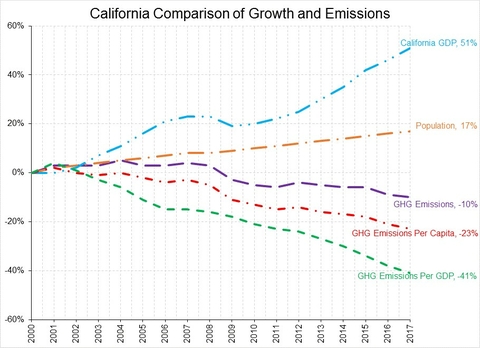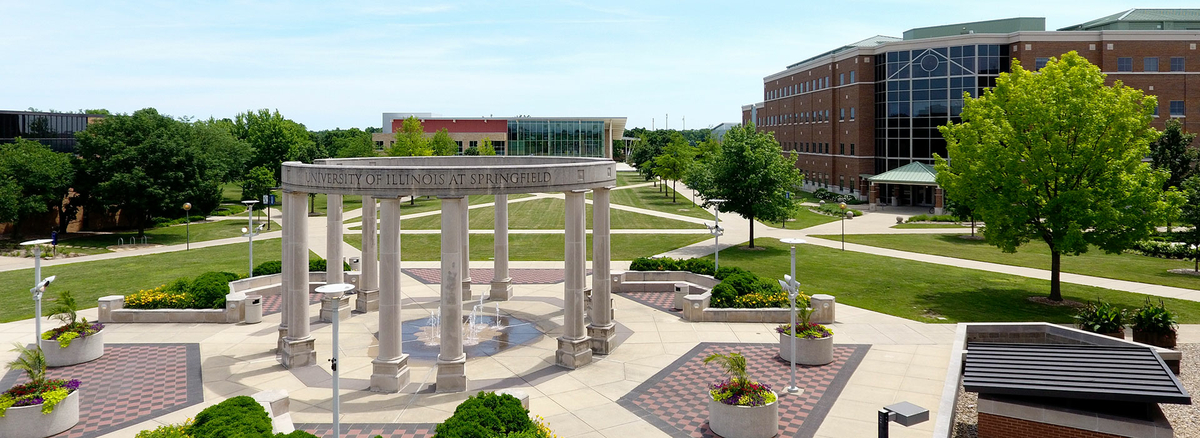
It was hard to miss the attention-grabbing headline last month: “California Governor Signs Order Banning Sales of New Gasoline Cars by 2035” (NPR, September 30, 2020). But is the internal combustion engine about to go the way of the horse and buggy within the next 15 years? That much remains to be seen. But with little doubt, California is ushering in a new era of green technology, and it is government “driving” the market, not the other way around.
The most intriguing aspect of my position with the California Department of Finance during my university leave last year were the consultations we provided agencies on the impacts of proposed regulations. Finance serves as the California Governor's chief fiscal policy advisor. My team in the economic research unit prepared the state’s economic forecasts that form the basis of the Governor’s Budget, and we also advised agencies on estimates of economic impacts for every proposed regulation with $50 million or more in public costs or benefits (Chapter 496, Statutes of 2011). I estimated impacts for rules intervening in a vast array of markets, and my favorite regulations were ones proposed by the Air Resources Board.
The California Air Resources Board (CARB) is a fine-tuned regulatory machine staffed with young, energetic, bright economists. Since its creation in 1967, CARB has succeeded in its mission to reduce air pollutants while balancing impacts on the economy. Automobiles are cleaner today and the air is healthier to breathe today than during the 1970s due to the adoption of CARB regulations along with the enactment of the federal Air Quality Act of 1967 and the Clean Air Acts that followed. CARB promulgated the nation’s first nitrogen oxides (NOx) standards for automobiles in 1971, and improvements in pollution controls for cars followed, notably installations of the three-way catalytic convertor in 1976. But the dramatic changes we see driving innovation today came with the enactment of the Global Warming Solutions Act in 2006 (Assembly Bill 32).
AB 32 (Chapter 488, statutes of 2006) required California to reduce its greenhouse gas (GHG) emissions to 1990 levels by 2020, a reduction approximately 15 percent below the business-as-usual baseline. The sea-change legislation required CARB to adopt regulations to reduce GHG emissions to the maximum extent technologically feasible and cost-effective. As part of the effort, CARB instituted a cap-and-trade regulation that sets a statewide limit on 85 percent of the sources of GHG and creates a new market whereby regulated entities can seek and implement the lowest-cost methods for reducing emissions. Senate Bill 32 (Chapter 249, statutes of 2016) strengthened the state’s commitment to global warming solutions with a reduction of GHG emission requirements to 40 percent below 1990 levels by 2030. As the figure below demonstrates, the result is that GHG emissions have steadily declined since 2000 while population and state Gross Domestic Product experienced healthy increases.

I consulted on the development of the impact analyses for four CARB regulations during my appointment with Finance.
- The Heavy Duty Omnibus Low Nitrogen Oxide Regulation imposes stricter exhaust emissions standards and testing requirements for new heavy-duty truck engines sold in California starting in 2024 to reduce truck emissions by 90 percent of 2020 levels.
- A regulation on the Use of Certain Hydrofluorocarbons in Stationary Refrigeration prohibits the use of refrigerants with high global-warming potential in refrigeration units, air-conditioning units, and chillers.
- The Small Off-Road Engine Exhaust and Evaporative Emission Regulations require that all lawn mowers, leaf blowers, chainsaws, and other small off-road engines sold in California will have zero emissions starting in 2028.
- And the Clean Miles Standard and Incentive Program establishes annual GHG reduction targets for transportation network companies (TNCs) such as Uber and Lyft that are below 2018 levels and lower in each subsequent year. The regulation also establishes targets for TNCs to increase electric vehicle use to 60 percent of all vehicle miles traveled by 2030; less than 2 percent of TNC miles are currently traveled in electric vehicles.
That these four regulations addressing the heart of the climate change problem are expected to sail through the approval process is a testament to California’s leadership in the clean energy economy.
The costs of these clean energy regulations are substantial, yet dwarfed when compared to the benefits. For example, compliance costs for the Clean Miles Standard in 2030 is estimated at $341.7 million statewide, but are more than offset by estimated savings on gasoline and vehicle maintenance amounting to $560.8 million (CARB, 2020). On top of the $219.1 million net direct savings, the CARB (2020) estimates $195 million in health benefits from avoided premature mortality, hospitalizations, and emergency room visits due to reductions in criteria air pollutants (NOx and particulate matter) as a result of the regulation. Estimated benefits from the reduction in GHG emissions based on the avoided social cost of carbon range from $18 million to $84 million depending on the discount rate (CARB, 2020).
Out of these regulations, new industries are thriving. Lyft announced plans to transition to 100 percent zero emissions vehicles by 2030 (Lyft, 2020). And high global demand for electric vehicles manufactured by California automaker Tesla has offset declines in exports experienced as a result of the trade war with China and COVID-19-related disruption to supply chains. Tesla is now the largest car manufacturer in California and the leading exporter of automobiles in the U.S.
A lesson for Illinois is that there are substantial benefits to be gained from clean energy regulation. We are on the cusp of enacting clean energy legislation in our state and at stake is our full participation in the emerging economies.
If you have questions, feel free to connect with us and request more information!

Richard Funderburg is an Associate Professor in the Department of Public Administration. He researches economic impacts of government programs and community economic development. Dr. Funderburg is leading a project that is estimating the impacts of closing Illinois’s coal-fired power plants on their host communities.
References
California Air Resources Board. (2020). Clean Miles Standard and Incentive Program Standardized Regulatory Impact Assessment (SRIA). August 6, 2002, http://www.dof.ca.gov/ Forecasting/Economics/Major_Regulations/Major_Regulations_Table/documents/Clean_Miles_Standard_SRIA.pdf (accessed 10/12/2020).
Lyft. (2020). The Path to Zero Emissions: 100% Electric Vehicles by 2030, June 17, 2020, https://lyft-impact-assets.s3.amazonaws.com/images/path-to-zero-emissions.pdf (accessed 10/13/2020).



